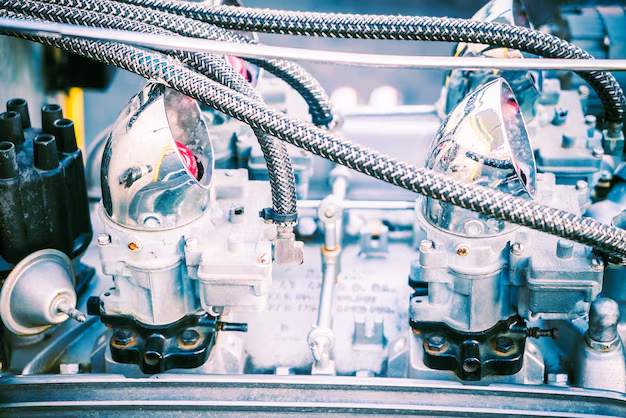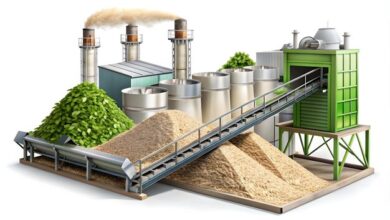Injection molding weld line

Injection molding weld lines are a common defect that occurs in molded products. These lines appear where two or more flows of molten plastic meet during the injection molding process. The lines can compromise the structural integrity and aesthetic quality of the product, making it essential to understand and manage their formation.
What is an Injection Molding Weld Line?
A weld line, also known as a knit line or flow mark, forms when two or more streams of molten plastic converge and begin to cool before they fully fuse. This can happen when the molten plastic flows around a core, an insert, or any feature that creates an obstruction in the mold cavity. The resulting weld line can be visible on the surface and can also weaken the structural integrity of the part.
Understanding Injection Molding Process
The Injection molding weld line process involves several key steps and components, each of which can influence the formation of weld lines. Understanding these elements is crucial for identifying the root causes of weld lines and developing effective strategies to minimize their occurrence.
Overview of Injection Molding
Injection molding is a manufacturing process for producing parts by injecting molten material into a mold. It is widely used for creating plastic parts, ranging from small components to entire body panels of cars. The process involves melting plastic pellets, injecting the molten plastic into a mold cavity, allowing it to cool and solidify, and then ejecting the finished part.
Key Components Involved in Injection Molding
The primary components of an injection molding machine include the injection unit, mold, clamping unit, and ejector system. Each component plays a vital role in the molding process:
- Injection Unit: Melts and injects the plastic into the mold.
- Mold: Defines the shape of the final product and is where the molten plastic is injected.
- Clamping Unit: Holds the mold halves together during injection and cooling.
- Ejector System: Removes the cooled, solidified part from the mold.
Formation of Weld Lines in Injection Molding
Weld lines form when two or more molten plastic fronts meet. This typically occurs when the flow of molten plastic is split by an obstacle within the mold, such as a hole, boss, or rib. As the plastic fronts converge, they may not fully bond if the temperature is not high enough or if the flow speed is inconsistent, leading to a visible line or weak point.
How Weld Lines Form During Injection Molding
The formation of weld lines is primarily influenced by the temperature and speed at which the molten plastic flows within the mold. If the fronts of the plastic streams cool down too much before they merge, they may not fully fuse, resulting in a visible weld line.
Common Scenarios Leading to Weld Lines
Several scenarios can lead to the formation of weld lines:
- Obstructions in the Mold: Features such as cores, inserts, or ribs can split the flow of molten plastic.
- Multiple Gates: When multiple injection points (gates) are used, the converging flows can create weld lines.
- Inconsistent Flow: Variations in flow speed and direction can cause uneven cooling and incomplete fusion of the molten plastic fronts.
Types of Weld Lines in Injection Molding
Weld lines can vary in their impact on the final product, depending on their type and location.
Cosmetic Weld Lines
These are superficial and primarily affect the appearance of the product. Cosmetic weld lines may be visible as fine lines or slight discolorations on the surface of the molded part but generally do not affect its structural integrity.
Structural Weld Lines
Structural weld lines, on the other hand, can significantly impact the strength and durability of the molded product. These lines occur in areas where the material must withstand stress, and incomplete fusion can result in a weak point that is prone to cracking or breaking under load.
Causes of Weld Lines in Injection Molding
Understanding the causes of weld lines is crucial for developing strategies to prevent them.
Material Properties Impact
The properties of the plastic material being used can significantly influence the formation of weld lines. Factors such as viscosity, melting temperature, and flow characteristics determine how the molten plastic behaves in the mold and how well it fuses at the meeting points.
Injection Speed and Pressure Variations
The speed and pressure at which the plastic is injected into the mold play a critical role in weld line formation. High injection speeds can help maintain the temperature of the plastic front, promoting better fusion, whereas low speeds may allow the plastic to cool prematurely.




